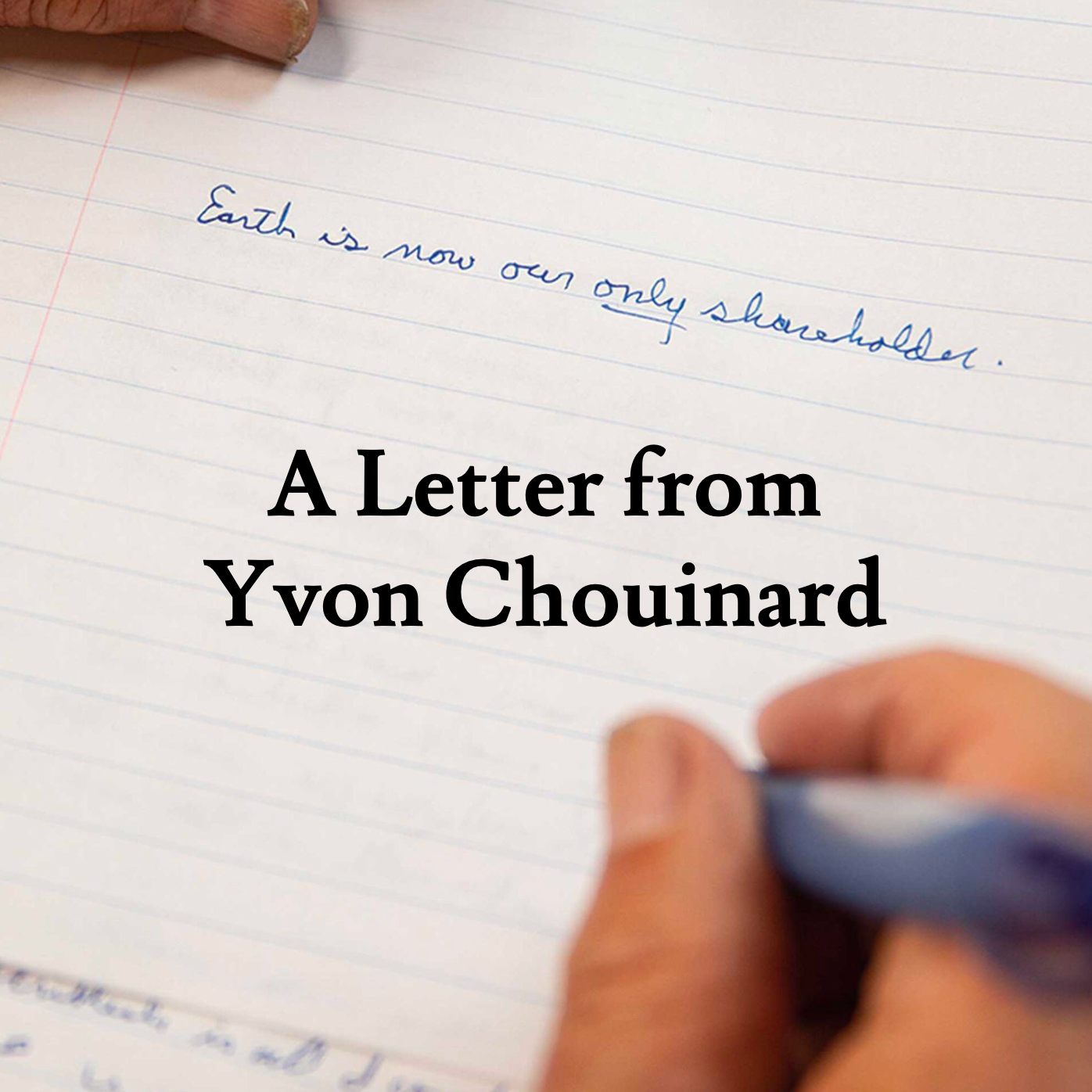Read Part 1 here.
Read Part 2 here.
Clifton Beach, south-east of Hobart, is emerging as a focal point of anti-salmon protest. Tasmania’s south-eastern surfing communities – like Clifton and Bruny and Dodges Ferry – have their share of big characters. The late Mick Lawrence was one. Another is Steve Sanders. He and Mick Lawrence’s Friends of the Bays group, located around South Arm in the federal seat of Franklin, are gearing up to oppose the Storm Bay expansion.
That fight will also affect the seat of Lyons at the election, which covers almost half the state, in the east and centre, and will be an arm-wrestle. It’s currently held by Labor on a 0.9 per cent margin – unsurprisingly their 2025 candidate Rebecca White has recently expressed her “clear support” for salmon farming. Her opponent, Liberal Susie Bower, is busy competing to be an even bigger fan.
Steve Sanders is pretty blunt about the reasons for all the fawning. “Tassie has the laxest political donation laws in the country,” he says. “If you understand the history of Tasmanian politics, corruption’s not a big allegation. It’s the way it’s always been.” He cites the usual examples of revolving-door access to government but adds another – gambling. Tasmania’s sole casino, and all its poker machines, are owned by one company, Federal Group, which for decades enjoyed customised laws that protected its monopoly.
Tasmania is an “oligarchy of families”, as one interviewee put it. It always has been. But there are cracks appearing in the vault. Donations laws might be about to change, with implications for the salmon industry. Disclosure limits are set to drop to $1000 if a new bill, which has passed the lower house, succeeds in the upper house. It would turn Tasmania’s disclosure regime from the weakest in the country, as Steve said, to the strongest.

























